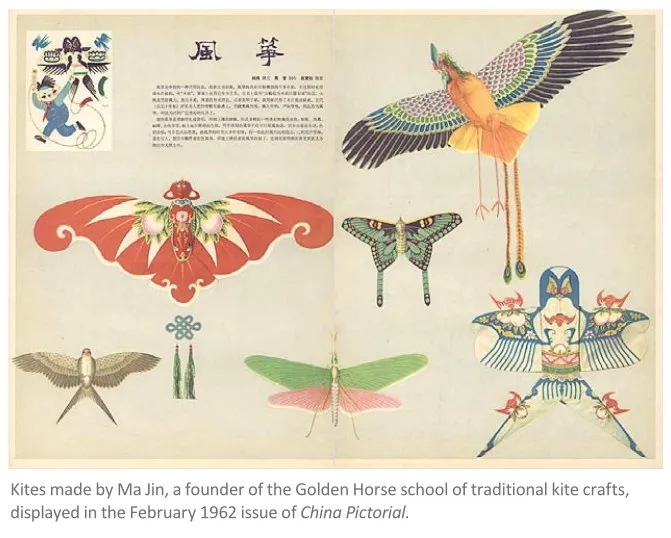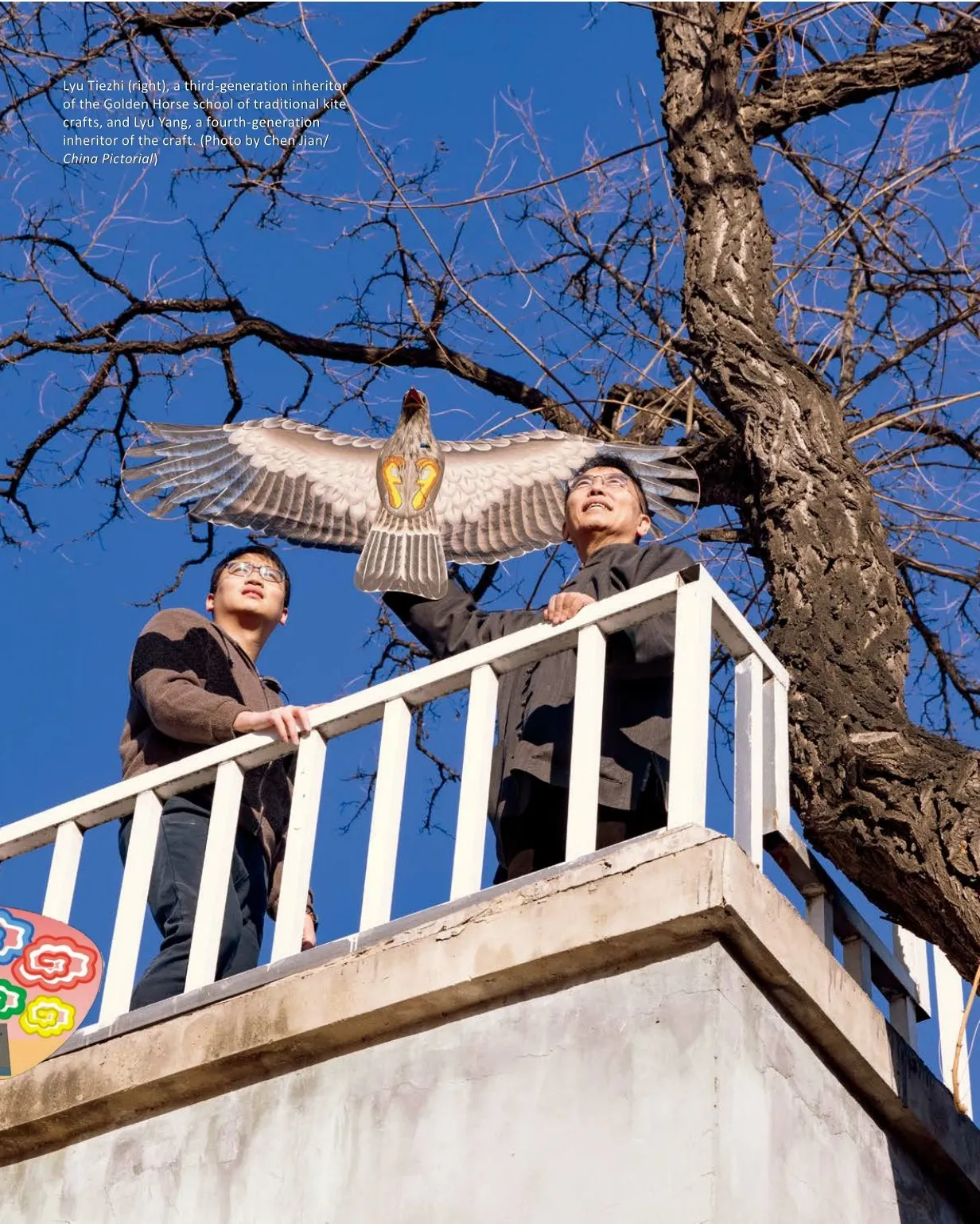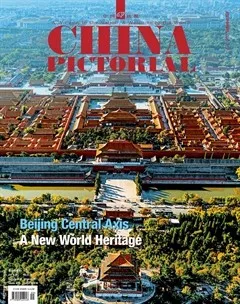Craftsmen Guarding the Central Axis
The Central Axis of Beijing, dubbed the soul and backbone of the city’s old district, has been crafted by the unique wisdom of artisans since its inception. These days, many people have become involved in inheriting and maintaining the culture of the Central Axis of Beijing, and they have continued guarding it with ingenuity and injecting it with new vitality.
Breathing New Life into Tu’er Ye
Nestled southwest of Qianmen Gate, Yangmeizhu Byway is hard to miss when walking through the bustling Beijing Fun historical block. In this slightly secluded and narrow alley, Zhang Zhongqiang operates a small store specializing in the figurines of Tu’er Ye, or the Rabbit God, a symbol of old Beijing. With about one square meter of floor space, the store only allows two people to stand side by side. But there, a wide variety of figurines of the Rabbit God quietly welcome and see off tourists from all over the world.
In ancient times, Tu’er Ye was a symbol of auspiciousness and health, carrying wishes for a good life. Over more than 400 years, it has transformed from an ornament for the Mid-Autumn Festival into one of the most symbolic intangible cultural heritage items in Beijing and a beloved tourist souvenir for visitors year round.
In the 1980s, Zhang started to work at a workshop in the famous Liulichang Cultural Street in Beijing, where he was exposed to many traditional folk handicrafts of old Beijing including Tu’er Ye figurines.
He began to learn the production techniques of Tu’er Ye himself and was fortunate to receive guidance from many folk clay sculptors, greatly improving his skills.
The traditional procedures to make a Tu’er Ye figurine mainly include clay molding, body shaping, grinding, coating, and drawing, among which the most difficult is drawing the face.
Zhang said that the vividness of Tu’er Ye is determined by the skills to draw the eyes and eyebrows. A carefully drawn Tu’er Ye looks like it’s talking to you, evoking memories and warm feelings.
As a representative inheritor of the making techniques of Beijing Tu’er Ye in Xicheng District, Zhang also ventures out to schools and communities to teach the production skills of Tu’er Ye and spread the culture through various media or public platforms as well as participating in cultural exchange activities in countries such as Italy, France, and Kyrgyzstan. He has seen many foreign friends learn about Beijing and fall in love with China through Tu’er Ye.
Over the years, Zhang has not only adhered to the traditional craftsmanship of Tu’er Ye production, but also sought to innovate it by integrating various new elements such as architecture, folk arts, historical culture, and hot social issues.
The Tu’er Ye figurines he now designs and produces include not only traditional ones that ride tigers or lotus flowers, but also those taking airplanes and high-speed trains as well as themed designs inspired by Chinese aerospace explorations and the Beijing Central Axis, greatly enriching the styles and cultural connotations of Tu’er Ye.

Inheriting Traditional Kite Production Techniques
In a small courtyard in Beijing’s Jingtu Hutong dwell Lyu Tiezhi and his son Lyu Yang, both inheritors of the Golden Horse school of traditional kite crafts, alongside their family members.
Every corner of the courtyard is filled with various kite-related displays, reflecting the hard work and wisdom of kite craftsmen over the years.
Traditional kite crafting is divided into many schools in China. Beijing kites are known for a fine, luxurious and extremely elegant style after catering to literati interest in exquisite painting and magnificent colors. The Golden Horse school is a representative of Beijing kite crafts, which became famous in the late Qing Dynasty (1644-1911).
Lyu Yang is a fourthgeneration inheritor of the traditional skill. In 2014, he gave up his job as a programmer and went home to learn kite making skills from his father to carry forward this traditional handicraft. In 2022, his eighth year of working on Golden Horse kite craft, he created a series of kites themed on the Beijing Central Axis.
“As a Beijing native, the Central Axis and buildings along it are part of my life,”he said. “From my childhood to adulthood, I have lived and played along the line. It is no exaggeration to say that it is the backbone of Beijingers.”When making the Central Axis-themed kites, Lyu Yang featured representative buildings along it such as Yongding Gate, the Bell and Drum Towers, and Zhengyang Gate.
“Although they are all towers, each has a unique historical background and architectural style.” Lyu Yang relentlessly refines his kite designs, and almost every new one takes more than half a year to come to fruition.
His father’s persistence in the traditional craft for years was a major inspiration, and Lyu Yang has increasingly felt that his efforts are meaningful. On weekdays, he teaches kite making skills as an elective course at primary and secondary schools.“Kites, to a certain extent, represent the connection between the Chinese people and the wind, which is romantic to us,” he said.“I’m committed to passing on this traditional craft with Chinese characteristics.”


